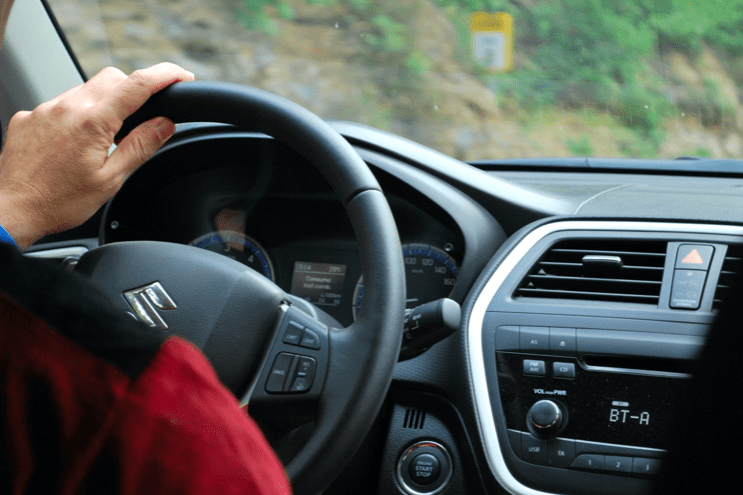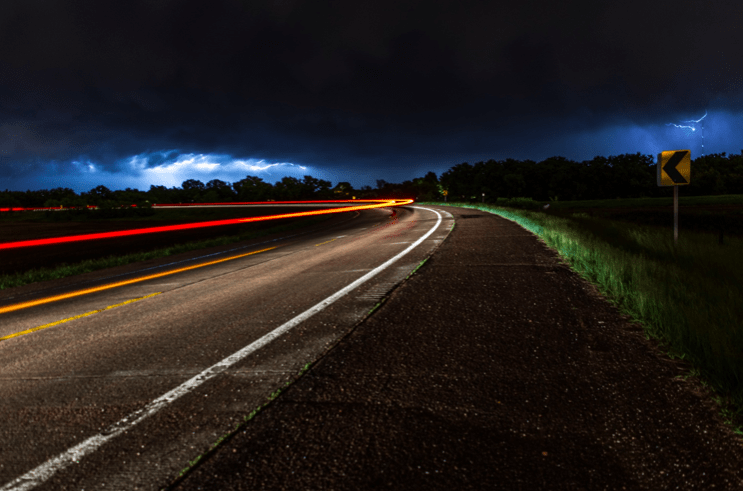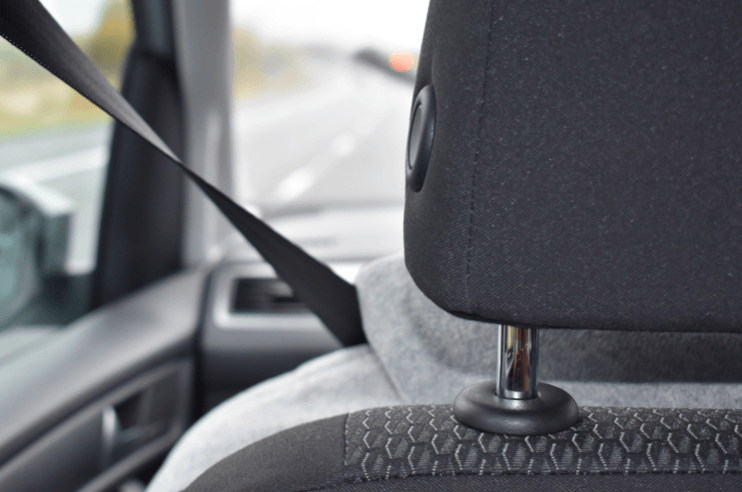10 of the Most Common Car Accidents and How to Avoid Them
Need a brush up on your driving skills? This article will cover the ten most common car accidents and ways you can avoid them…

In the year ending June 2021, there were a reported 119,850 casualties as a result of car accidents. These ranged from the mild to the severe which required hospitalisation.
For those who drive on a daily basis, you’d be forgiven for thinking that traffic accidents are simply a fact of life, however, in many cases, these can be easily avoided.
If you’ve been victim to a road accident and left with injuries, it’s best to speak to personal injury solicitors to see what you can claim. That way you can ensure you have financial help towards the cost of any physio treatment you may need as a result of the accident.
Here are the ten most common accidents and how you could avoid them…
- Rear End Collisions
Making up 29% of all car accidents, rear end collisions occur when a car is hit from behind by another vehicle. In many cases, these instances occur when a driver is not fully paying attention and fails to notice that the car in front has slowed or stopped.
In other cases, this may happen when the car in front is forced to brake suddenly for some reason. You can help to avoid these incidents, which are annoying but usually not too serious, by staying at least three seconds behind the car in front. It also helps to make sure that you don’t get distracted or overly tired, which makes reaction time slower.
If you need a break from driving, pull over somewhere safe and take a breather before getting back on the road.
- Intersection Accidents
Traffic intersections open present a perfect storm of opportunity for accidents, making these the second most common of all incidents.
You can reduce the risk of an intersection accident by taking the time to look around you rather than putting blind trust in the traffic light system and, also, by keeping a close eye out for pedestrians who always have the right of way.

- Blind Spot Collisions
Most drivers are aware of the curse of the blind spot which refers to an area at the back of your vehicle which is not clearly visible in your rearview and side mirrors.
It’s important to know where your blind spots are and to pay close attention to those areas when driving as this will help you to spot small vehicles and bikes which may be lurking in your blind spot and to, therefore, avoid a potential accident.
- Blind Reversing Accidents
As a regular driver, you’ll no doubt find yourself having to reverse your car occasionally, whether it’s to back into a parking space or garage or out of one. While backup cameras have made reversing a bit less of a chore, accidents can still happen when you’re focusing on backing your car out of a space.
You can, however, keep these to a minimum by making sure that you’re fully aware of your surroundings and by reversing, where possible, in a straight line. Don’t rely purely on cameras either as they often don’t capture the whole angle.
- The Sideswipe Accident
All too common, the sideswipe accident occurs when two vehicles get too close when travelling on a parallel path.
Sideswipe accidents can cause damage to the vehicles as well as giving you a nasty shock, you can avoid this type of accident by paying attention to your blind spot as well as remaining aware of your position on the road.
- Single Vehicle Accident
Picture a car crash or accident and you’ll almost certainly be thinking about two or more vehicles. However, a significant number of incidents involve just one car.
These can occur for a number of reasons including weather conditions and unexpected items in the road, such as debris or a dead animal. You can reduce the risk of single vehicle accidents by remaining alert and avoiding driving during extreme weather.
- Low Speed Accidents
While we may associate accidents with two or more cars, we also associate them with speed. Our motorways are littered with signs telling us that speed kills but, you don’t have to be behaving like a Formula 1 driver to be involved in an accident.
Often, accidents occur even when driving well within the speed limit but, you can help to put low speed accidents in the rearview by avoiding distractions such as loud music and by remaining aware of all the vehicles around you.
- Rollover Accidents
A more serious form of accident, the rollover, occurs, as the name suggests, when a vehicle is either hit by another car, skids on ice or liquid or is simply going too fast when navigating a bend.
If you’ve ever witnessed this kind of accident, you’ll know that it can look horrific. However, rollover accidents are surprisingly survivable. You can avoid rollover accidents by keeping your speed down, particularly around bends and by not driving while tired, distracted or under the influence of drugs or alcohol.
If you are unlucky enough to be involved in this kind of accident, your chances of survival are greatly improved through one simple action, wearing your seat belt.

- Pile Ups
Multiple car accidents, or pile ups, can often be extremely dangerous and, it’s incredibly easy to find yourself involved if you’re not paying attention to the road. As well as posing a great risk to drivers, multiple car accidents are a major headache for road crews and other drivers who will often face delays.
Avoid becoming part of a pile up by maintaining a sensible distance from other vehicles and by keeping an eye on your speed. It’s also sensible to closely monitor road and weather conditions, to amend your driving accordingly.
- Head on Collision
The most dangerous of all driving accidents, head on collisions, are thankfully relatively rare in the UK and tend to happen mostly on poorly lit rural roads with lots of twists and bends.
These occur when two vehicles collide while travelling in opposite directions and, these are particularly dangerous even when one or each vehicle has airbags.
The first thing to do to avoid a head on collision is to cut your speed, particularly when driving along roads with blind bends. Avoiding distractions is also common sense in these situations as your attention should be firmly on the road.
On dimly lit, bendy roads, you’ll want to make sure that your headlights are in good working order so that you use them properly to warn oncoming drivers of your presence. A head on collision is the one car accident which is most likely to result in the death of the driver and / or passenger.
For ultimate safety, remember the basics…
Being a safe road user means not only getting into good driving habits but, also, putting faith in the other drivers around you. These days, we have many tools at our disposal such as Satnav systems, parking and reversing systems and traffic light and alert systems.
While these tools are all extremely useful, they’re no substitute for good old-fashioned common sense. Getting into the habit of driving without distractions, wearing a seatbelt and keeping an eye on weather forecasts will all stand you in good stead when it comes to avoiding serious accidents.
Having said that, with the best will in the world, the occasional accident is likely to happen. Because of this, it’s a good idea to keep an accident kit in the car containing a first aid kit, water, and a blanket to use in the event that you need to wait for roadside recovery or the emergency services in the event of an accident.
Read more on
Have you checked us out on Instagram.
Check us out here.Related Stories
Advertisement Advertisement
Advertisement Advertisement
Advertisement

